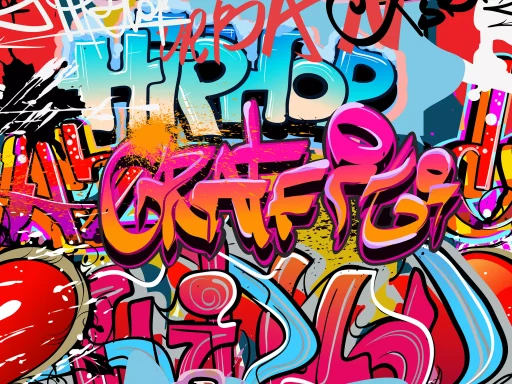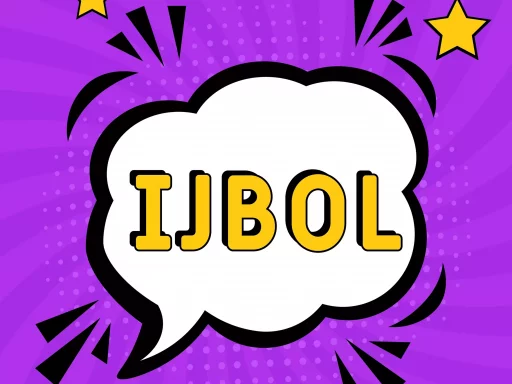Introduction to Wasp Slang
Slang is an ever-evolving aspect of language that encapsulates subcultures and unique social identities. One intriguing term that has emerged in contemporary usage is “wasp.” This article delves into the meaning of “wasp” as slang, exploring its origins, usage, and cultural implications.
What Does Wasp Slang Mean?
In slang, “wasp” often refers to a person fitting the profile of a “White Anglo-Saxon Protestant.” However, it’s more nuanced than a mere demographic descriptor; it often carries connotations related to privilege, elitism, and specific social behaviors.
Historical Context
- Origins: The term “WASP” became widely recognized in the 1950s, gaining prominence as a way to characterize a specific socio-economic class in the United States.
- Evolution: While initially used descriptively, the term took on a more critical tone in both cultural commentary and everyday slang.
- Modern Usage: Nowadays, “wasp” may imply a certain aloofness or a lack of understanding of other social realities.
Usage of Wasp Slang in Popular Culture
The term “wasp” has made significant appearances in various media, including literature, film, and social discussions. Here are a few notable examples:
- Literature: In works by authors like John Updike, WASPs are portrayed as characters embodying privilege and an air of superiority.
- Film: Movies such as “The Ice Storm” illustrate the complexities of WASP culture, shedding light on underlying tensions and dysfunction.
- Social Media: Discussions on platforms like Twitter and Reddit frequently analyze the attributes associated with being a wasp, often comparing them with other social demographics.
Case Studies: Wasp Characters in Society
The impact of WASP culture can be analyzed through various case studies that highlight both the attributes and the criticisms of this group.
- Politics: Many political figures in the United States are often criticized for being out of touch with the average citizen, a trait attributed to their WASP background.
- Corporate America: High-ranking corporate executives often fit the WASP mold, leading to discussions about the homogeneity and lack of diversity in executive positions.
- Social Clubs: Exclusive social clubs often reinforce WASP identity, creating spaces that are less accessible to individuals from diverse backgrounds.
Statistics on WASP Representation
Understanding the prevalence of WASPs in various sectors gives a clearer picture of their impact. Here are some relevant statistics:
- According to the most recent census, approximately 20% of the American population identifies as White Protestant.
- In corporate America, about 75% of Fortune 500 CEOs are white, with a significant portion identifying as WASP.
- Higher education institutions, particularly Ivy League schools, have historically been associated with WASP culture, with many graduates entering high-status jobs.
Criticism and Controversy
The term “wasp” is not devoid of controversy. Critics argue that labeling individuals based on ethnic and religious backgrounds fosters stereotyping and division. Conversations surrounding WASPs can sometimes reduce complex social dynamics into oversimplified narratives.
- Stereotyping: The generalizations made about WASPs can lead to misunderstandings of individual experiences.
- Unconscious Bias: The term may invoke implicit biases, influencing perceptions in professional and social contexts.
- Resistance to Change: Some argue that WASP characteristics embody resistance to changing social dynamics and inclusivity.
Conclusion
Overall, the term “wasp” as slang encapsulates a specific slice of American identity, laden with both privilege and scrutiny. While it can serve as a shorthand for understanding socioeconomic dynamics, it’s crucial to approach the term with an awareness of its nuances and implications. As slang continues to evolve, understanding terms like “wasp” becomes increasingly important in fostering dialogue about social identity and privilege.






